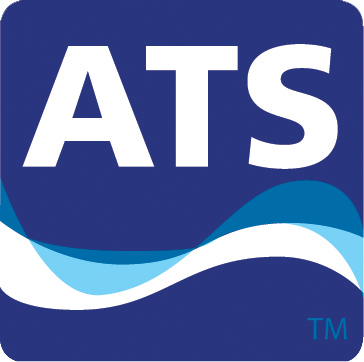Hamlet did not have to face this particular dilemma, but you do. If your safety showers are not equipped to supply lukewarm water instead of cold water, you may now be in violation of ANSI.Z358.1-2014 recommendations. The new standard for all emergency showers is 15 minutes drench time of tepid, not cold, water.
So, it is no longer an option to give workers safety showers with cold water piped directly from the main water supply, as convenient and cost-saving as that was. There are a number of valid reasons why companies should switch from cold to tepid water. They are based on the very reasons why emergency showers were designed in the first place.
According to Janet Dickinson, operations manager at the UK safety shower manufacturer, Showers & Eyebaths Services, “A safety shower might stand unused for weeks, months or even years (apart from a weekly test) which hardly makes it the most vital piece of equipment; that is, until there’s an emergency, and then it becomes invaluable…[especially] if you are the person who has just been sprayed with concentrated acid….”
Standing in the shower flow for the full 15 minutes, and in certain cases even longer, is critical for ensuring that the chemicals or contaminants are completely washed off. If the water temperature is ice cold, workers will tend to cut that time short because it is literally teeth-chattering to stay in for that length of time. Shortened showers defeat the entire purpose of the drench and risk the health of your workers. Tepid water will encourage workers to remain in the showers long enough to fully rinse off all contaminants.
Compounding the problem of the shower water temperature is the fact that, with today’s new technologies, industries are able to work at sites where the climate is more extreme. Low air temperatures chill down the water in the main supply pipes enough so that it is too cold for skin that has been over-sensitized by exposure to chemicals, which can result in thermal shock, a life-threatening condition.
Company owners are naturally concerned about the cost of heating the emergency shower water, especially in colder climates. They know this means purchasing additional equipment, paying for installation and budgeting in the ongoing expense of running shower water heaters.
What is the most cost-effective safety solution? Get a Tank Shower. A tank shower guarantees a sufficient supply of lukewarm water for the shower. It is not dependent on outside electricity or water sources. As in the case of plumbed safety showers and eyewashes, power failures or loss of water pressure in the main pipes will not prevent the shower or eyewash from working. There is also significant cost savings. Because the heated water is in the tank, pipes leading to the shower or eyewash do not need to be heated. With its self-contained heating system, a tank shower will deliver 15 minutes of tepid water at 20 gpm (76 lpm) regardless of the temperature of the air or any plumbed water connection to the tank. The tank can be heated to counteract temperatures down to minus 40 degrees Fahrenheit.
A common misconception is that a “mains-fed” safety shower automatically supplies tepid water if the main water pipes have been adjusted to the correct flow rate. This set-up, however, does not change the water temperature, which may be outside the tepid range. To guarantee safe shower water temperature, you must have it connected to a tepid water supply.
The best type of safety shower system is one that does not store water in the pipes and is completely self-draining. If the shower itself does not hold any water, it will never freeze or overheat. This type of equipment, where the water is stored in the tank, is far more energy-efficient, resistant to corrosion and ideal for any environment.
Self-contained mobile tank showers are convenient for the workforce that is always on the move. These showers are available with their own power source and guarantee 15 minutes of tepid water no matter where the new site is located.
While it may seem somewhat daunting to meet current ANSI standards, distributors like Alpine Technical Services (ATS), provide safety drenching equipment that does just that. Alpine Technical Services, the exclusive North American distributor for Showers & Eyebaths Services*, offers a selection of heated Tank Safety Showers that go above and beyond ANSI requirements. Their showers will provide water at the right temperature for your workers.
Visit ATS at http://www.alpinetech.us for help in making the right purchasing decision for your company.
*Showers & Eyebaths Services Ltd. in the UK manufactures and installs professional and innovative emergency safety showers, eyebaths, decontamination units, mobile safety showers and eyebaths, and shower water chillers. Its products are used worldwide by the oil, chemical and water industries, as well as schools, universities, hospitals and individuals who come into contact with materials and substances that can cause harm to eyes, hands and skin.
